Amazon Fire: taking consumerisation too far?
Amazon's new Fire phone offers shopping at the touch of a button. Could this pose another challenge for CIOs?
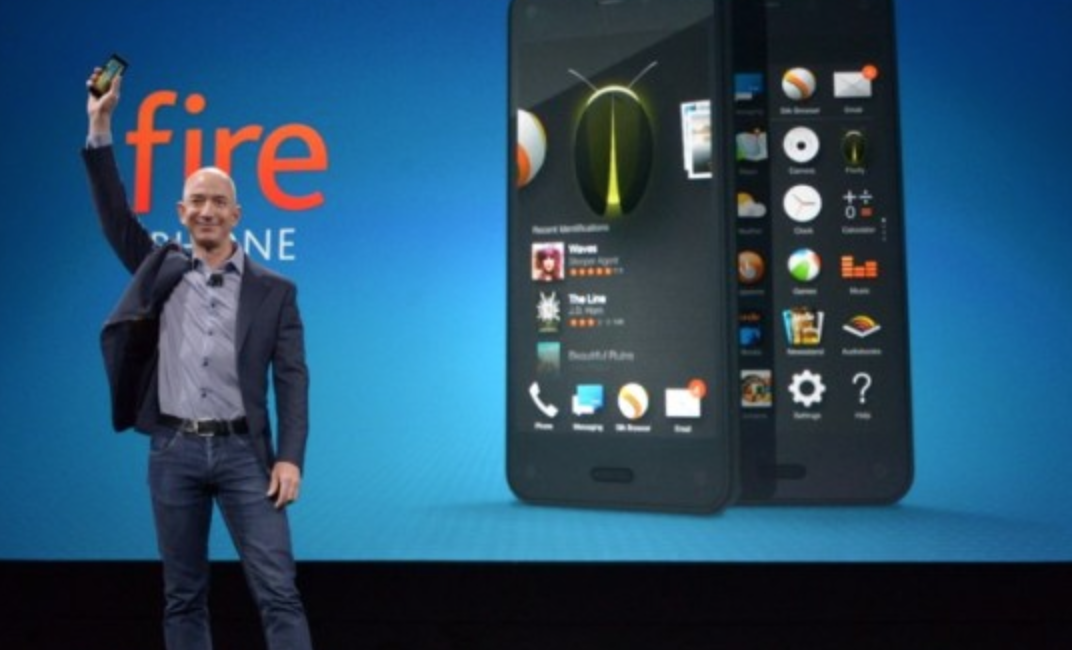
Inside the Enterprise: The smartphone market is already crowded, with dozens of vendors offering increasingly identikit handsets.
There is Apple at the high end, along with Samsung, and perhaps, Nokia. But then there is a long tail of smaller makers of mostly Android-based phones that compete more on price, than on design or features.
I'm not expecting huge interest from consumers.
One or two manufacturers have tried to be different. Sony emphasises its audio and video heritage, with 4K video, and has some Playstation functionality. Google, with its Nexus brand, has tried to push out the boundaries of performance, and has adopted a SIM-free business model for its handsets. But most opt for a basic glass and plastic wrapper around a version of Android.
This is the market that Amazon has now joined, with its Fire phone. Amazon has already tested out the tablet market with its Kindle Fire range. Now, it has moved into phones.
The new Amazon handset will go on sale in the US, at a price of $199 on an AT&T contract. It boasts a number of advanced features, including facial recognition and 3D imaging, as well as a dedicated "Firefly" Amazon button, and a Mayday button to contact Amazon support.
The Fire phone, like the Kindle Fire tablets, uses Amazon's Fire OS, a "forked" version of Android. This allows for tighter integration with Amazon services, such as Cloud Drive. Fire phone users will have unlimited storage on Amazon's servers, and unlimited streaming of music from Amazon's Prime service (for the first year only; anyone wanting these services in their second year will have to pay $99).
But this also locks users into Amazon's app store, and to Fire OS compatible versions of Android apps. This could make it harder to support the Fire phone in a business environment if and it is quite a big if consumers buy the phone in sufficient numbers for CIOs to have to take them into account.
Get the ITPro daily newsletter
Sign up today and you will receive a free copy of our Future Focus 2025 report - the leading guidance on AI, cybersecurity and other IT challenges as per 700+ senior executives
Based on what we know about the phone so far, some analysts think this is unlikely. Francisco Jeronimo, IDC's research director for European consumer and wireless communications, thinks that is unlikely. "I'm not expecting huge interest from consumers," he said. Fellow analyst Carolina Milanesi, chief of research atKantar Worldpanel Comtech, suggested at, $199, the phone could be a "hard sell".
Fanatical Amazon users might welcome the new handset, and the year's free Prime membership. But, even if it is unlikely that mobile workers will switch to Amazon Fire in their droves, it will be interesting to see how the wider market reacts.
The Fire could yet turn out to be one of two things: a relatively clever handset, or a totally new retail experience. If it is the latter, Amazon's competitors will have to take note.
Stephen Pritchard is a contributing editor at IT Pro.
-
 Should AI PCs be part of your next hardware refresh?
Should AI PCs be part of your next hardware refresh?AI PCs are fast becoming a business staple and a surefire way to future-proof your business
By Bobby Hellard
-
 Westcon-Comstor and Vectra AI launch brace of new channel initiatives
Westcon-Comstor and Vectra AI launch brace of new channel initiativesNews Westcon-Comstor and Vectra AI have announced the launch of two new channel growth initiatives focused on the managed security service provider (MSSP) space and AWS Marketplace.
By Daniel Todd
-
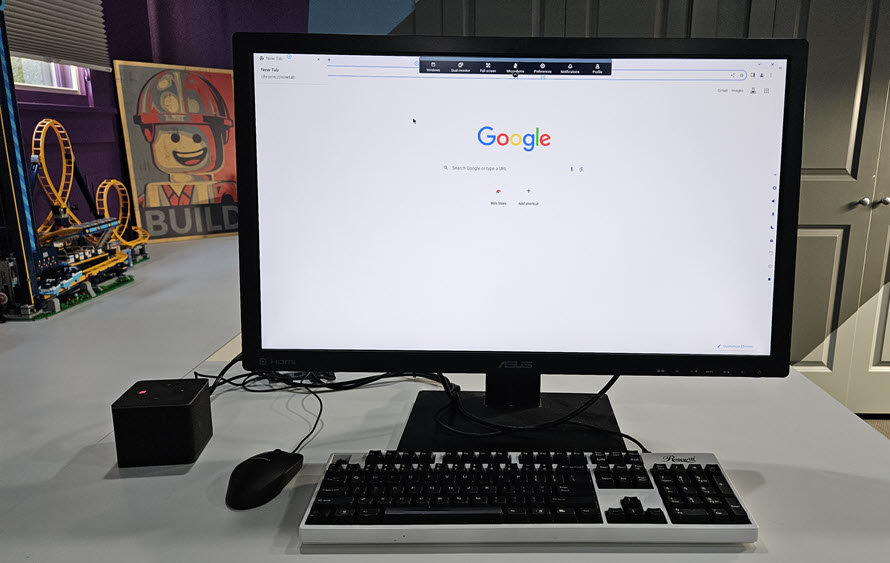 Amazon’s Thin Client for business is an IT department’s dream
Amazon’s Thin Client for business is an IT department’s dreamOpinion This upgraded TV Cube is the affordable answer to hybrid work devices we’ve been searching for
By Bobby Hellard
-
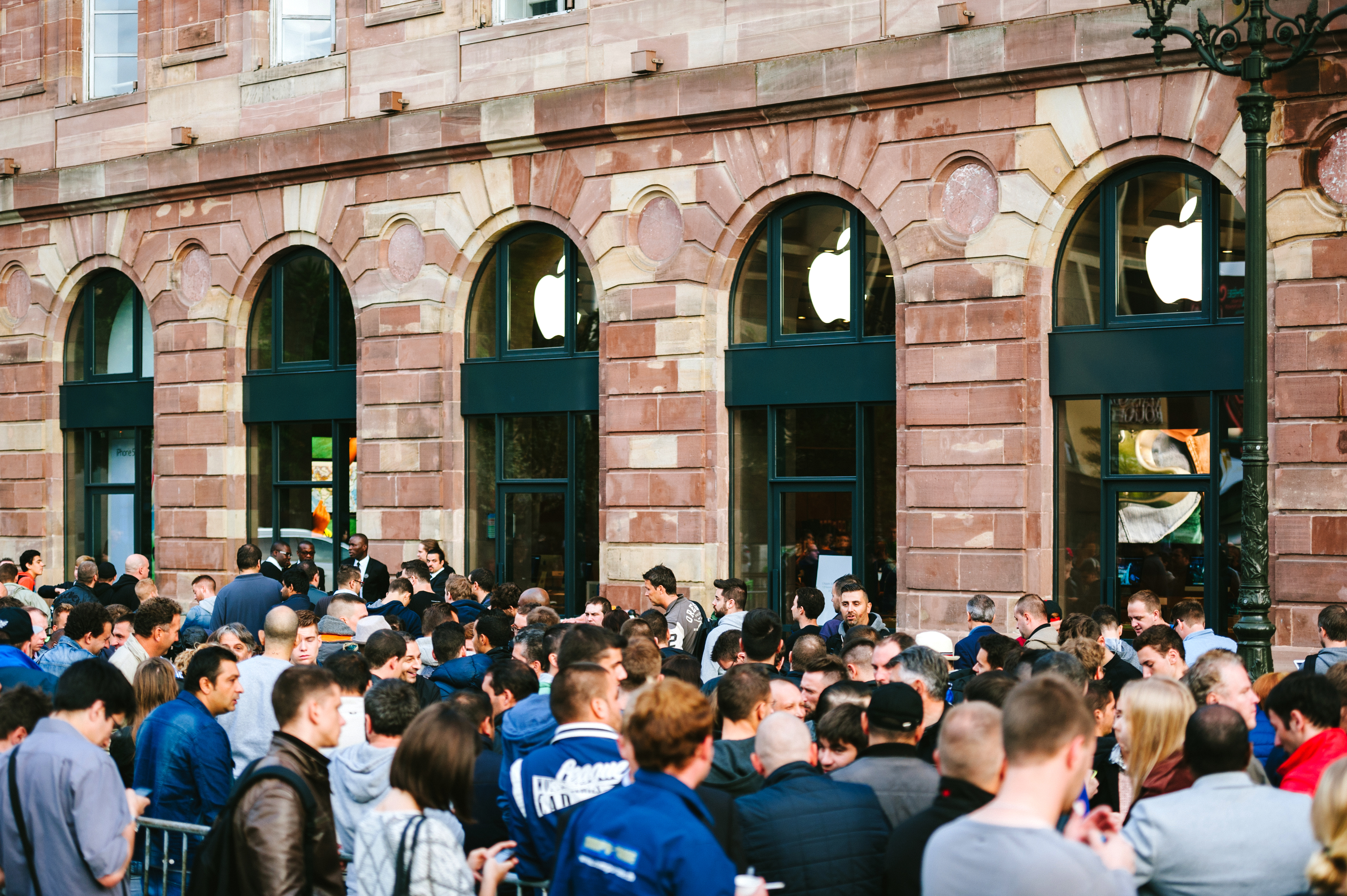 In praise of the early adopters
In praise of the early adoptersOpinion The IT industry needs early adopters like you – and tech that fell by the wayside should still be celebrated
By David Crookes
-
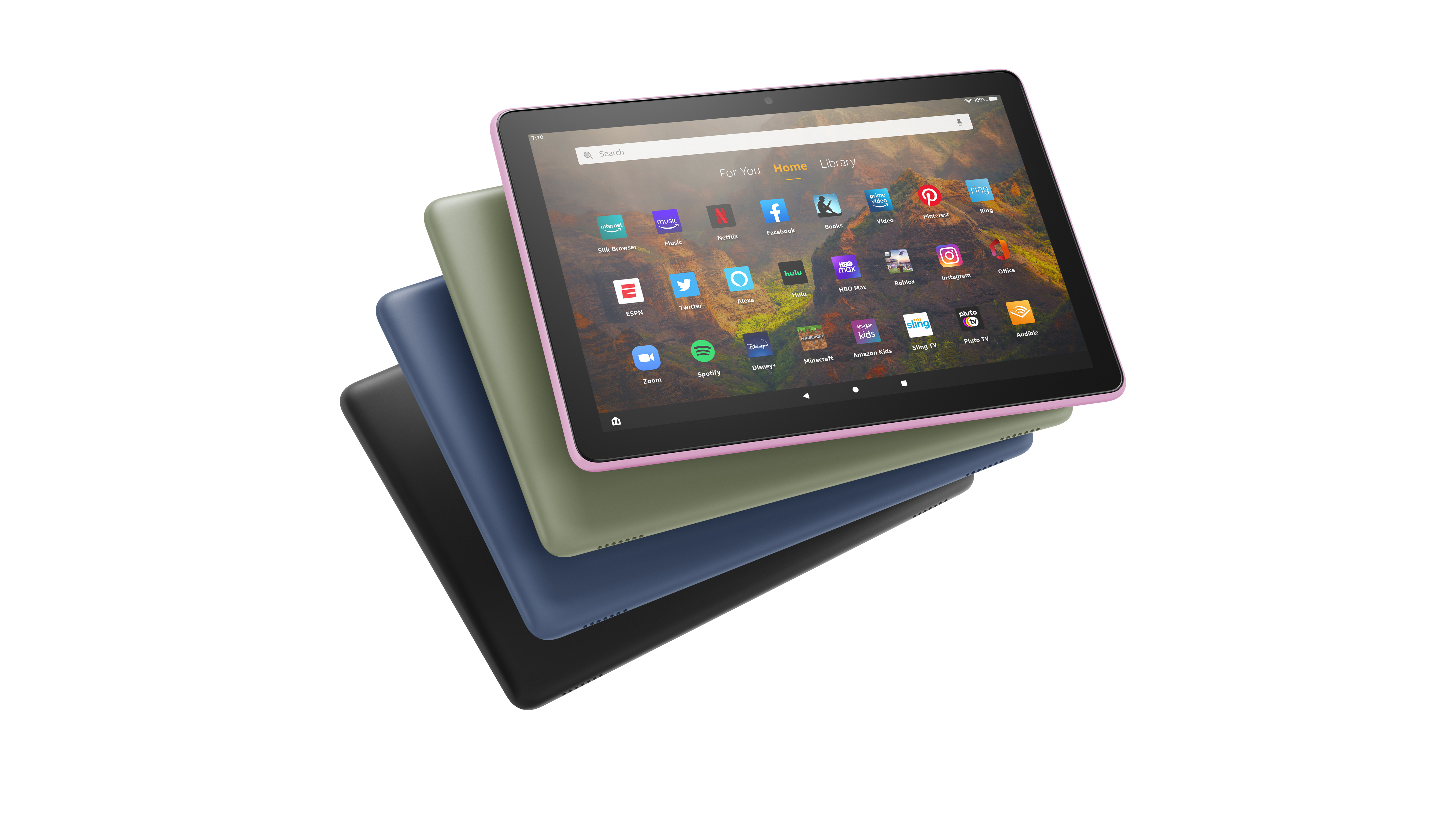 Amazon unveils new Fire tablets, including new kid-friendly models
Amazon unveils new Fire tablets, including new kid-friendly modelsNews Meet the thinner, lighter, and brighter Fire HD 10
By Mike Brassfield
-

 Qsan TrioNAS LX U300-P20-C424 review
Qsan TrioNAS LX U300-P20-C424 reviewReviews Qsan unifies NAS and IP SAN storage services at a price SMBs will find very appealing
By Dave Mitchell
-
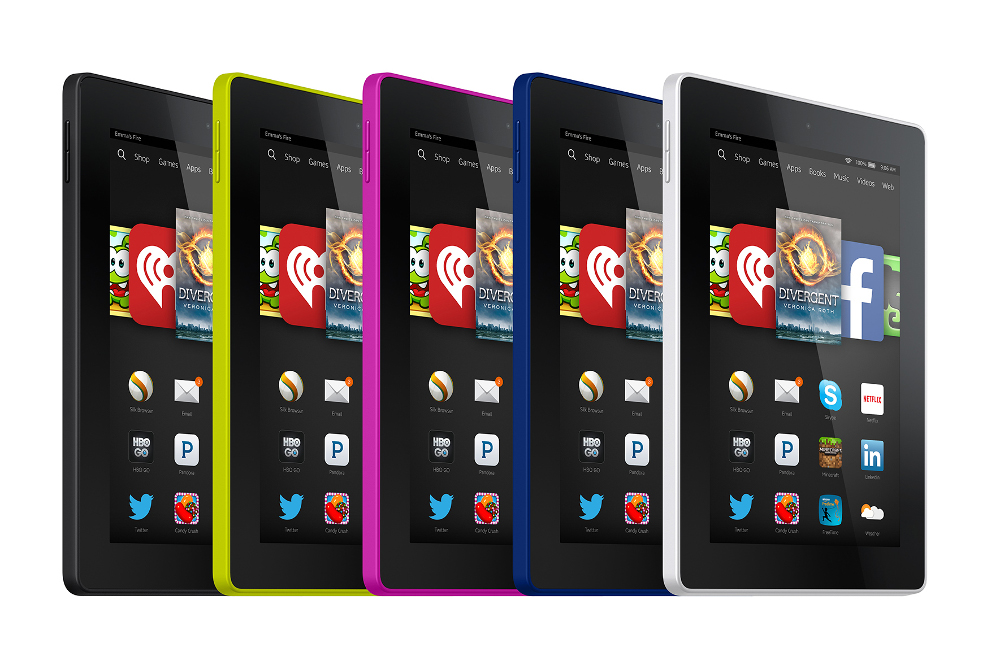
 Amazon Kindle Fire HD 6 review
Amazon Kindle Fire HD 6 reviewReviews Amazon’s smallest and cheapest tablet yet
By Alan Lu
-
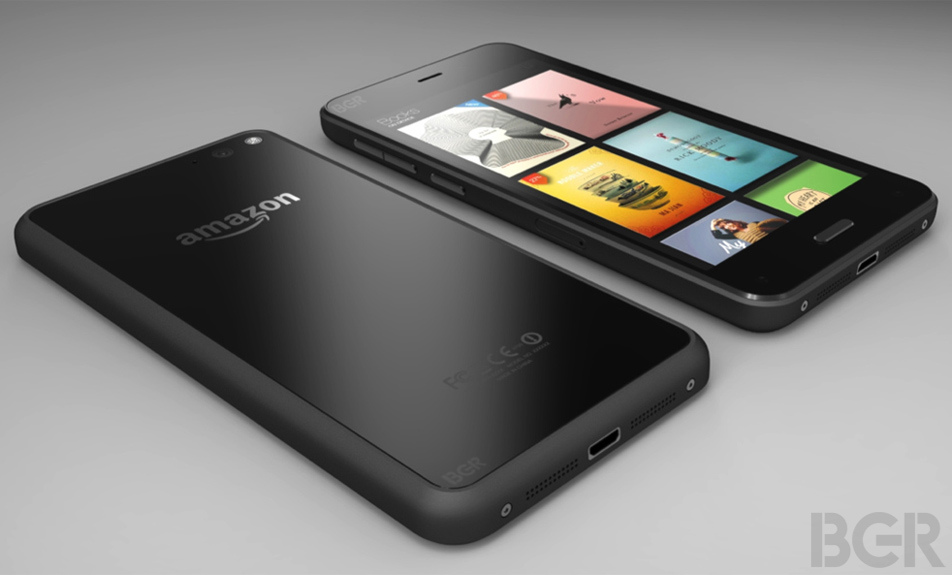 Amazon Fire flop won't stall firm's future smartphone plans
Amazon Fire flop won't stall firm's future smartphone plansNews Despite the failure of the Fire Phone, Amazon is forging ahead with plans to make further smartphone devices
By Caroline Preece
-
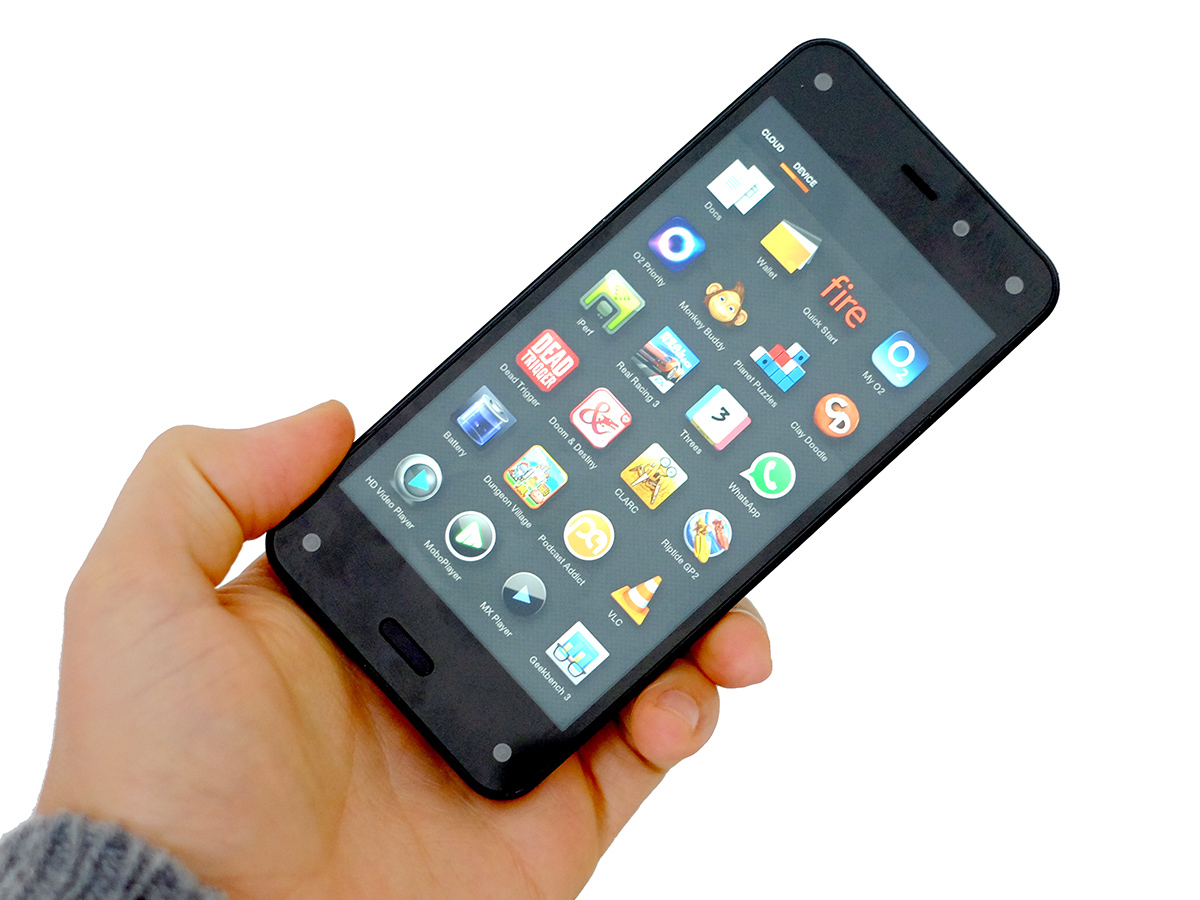 Amazon Fire Phone fails to set market alight
Amazon Fire Phone fails to set market alightNews Amazon takes a $170 million hit after disappointing smartphone sales
By Khidr Suleman
-
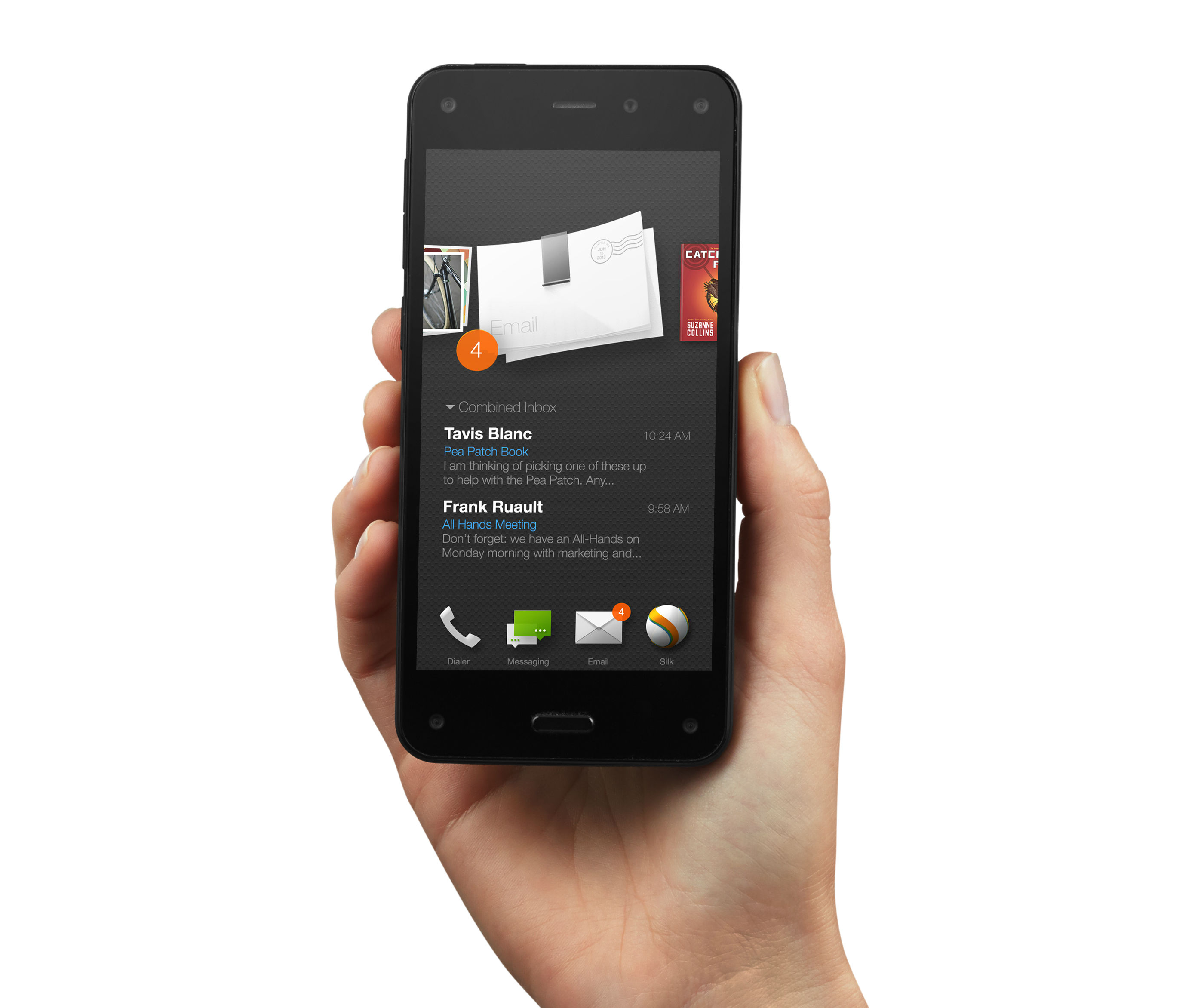 Amazon Fire Phone review
Amazon Fire Phone reviewReviews A high-end Android smartphone or overpriced shopping basket?
By Andrew Williams